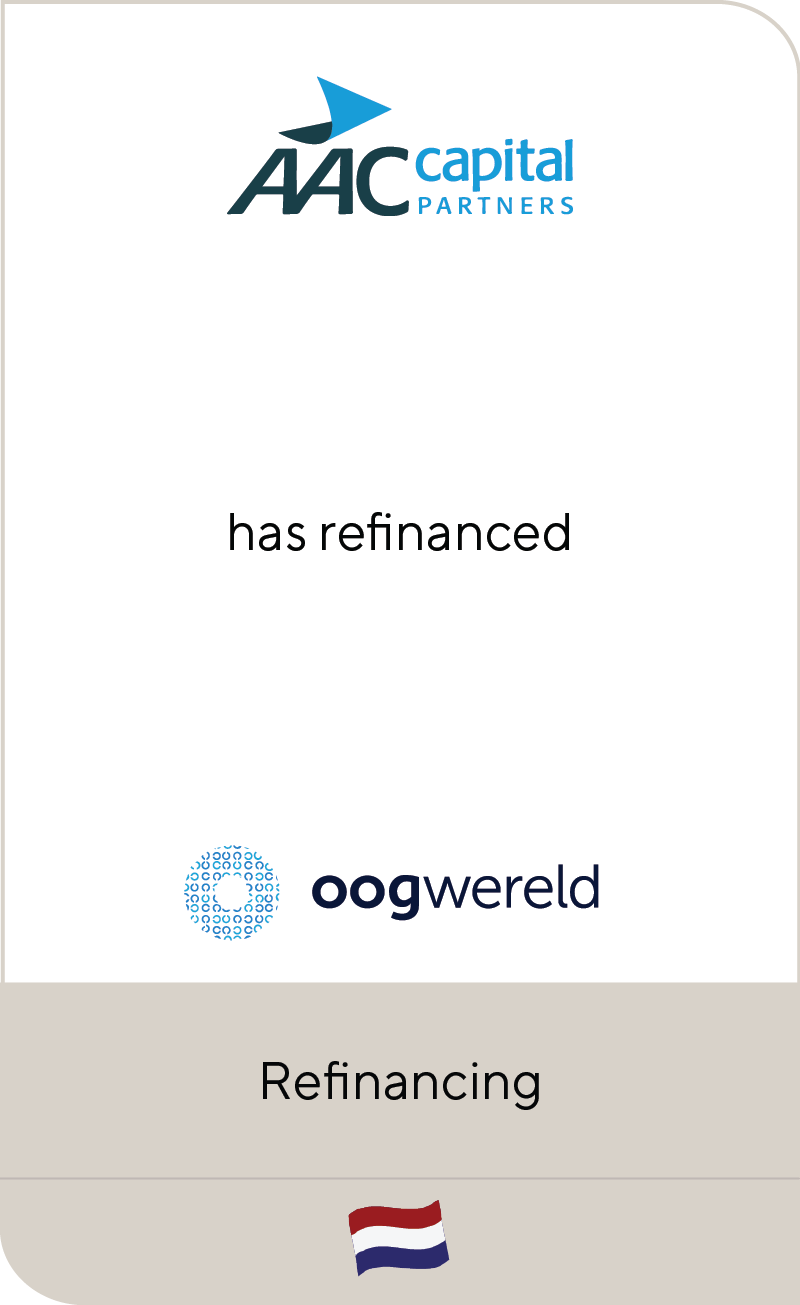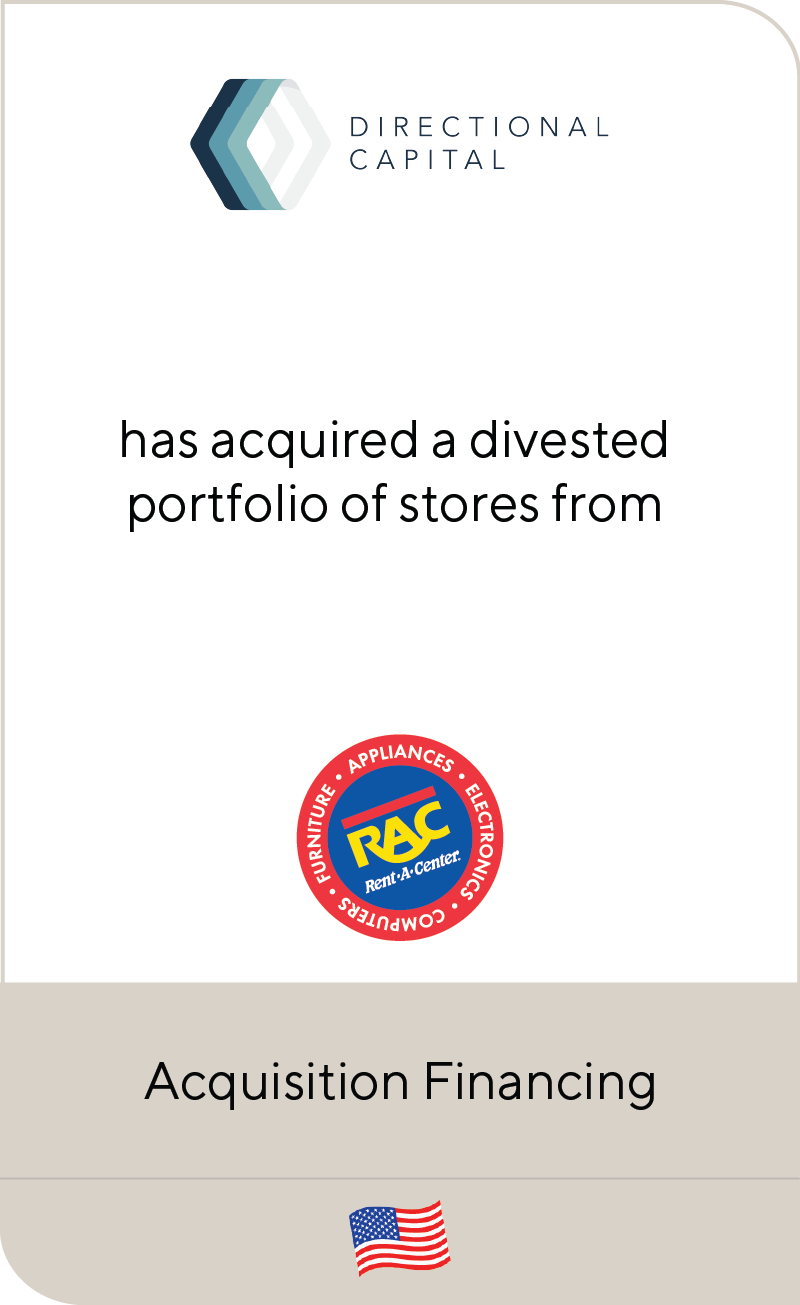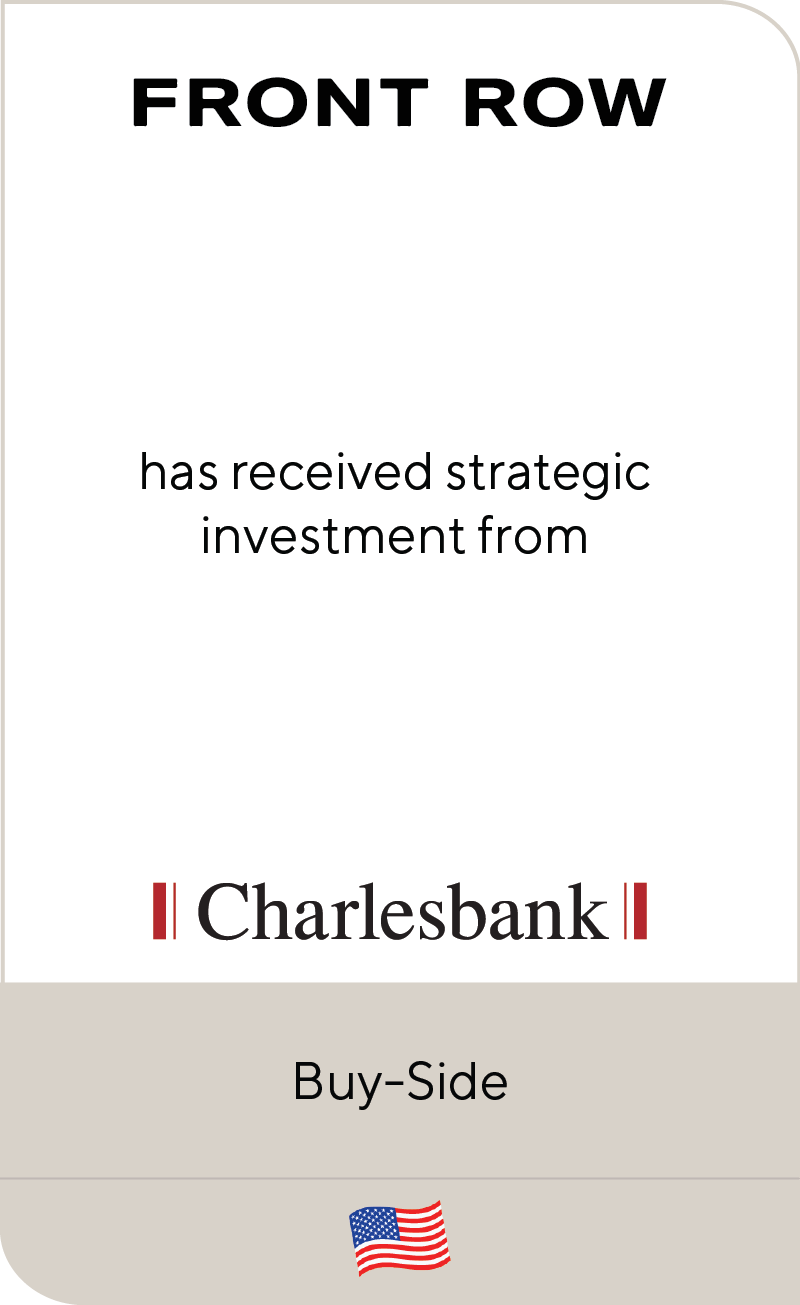Promising M&A Outlook for Frozen Food Companies
Nov 2022
| Frozen foods have seen notable growth since 2019 as a result of shifting consumer behavior. Strong sales have enabled more efficiencies at scale, but some companies also face capacity constraints that can hinder future growth, in addition to margin pressures and macroeconomic challenges. As a result, deal activity in the space is largely dependent on sellers’ exit timelines. Overall, investor demand for strong assets in frozen food exceeds the supply, which will continue to drive competition and valuations in the coming years. |
Summary
-
Food and beverage experts from Lincoln International's Global Consumer Group, examine the growth drivers in the frozen food market.
- Click here to download a printable version of this perspective.
- Sign up to receive Lincoln's perspectives
Factors Driving Demand in the Sector
Changes in buying patterns for frozen foods accelerated during the early stages of the pandemic, and they have proven sticky thereafter. These conditions pave the way for continued growth, more mergers and acquisitions (M&A) and further consolidation to scale. Overall, the main drivers of investment interest in frozen food include the following sub-sector attributes:
- Convenience
- Value
- Improved quality and healthier options
- Reduced food waste due to long shelf life
- Higher household penetration
- Increased outsourcing to frozen prepared food suppliers due to rising labor costs
Prior to the COVID-19 pandemic, frozen foods had seen a rise of new activity marked by upgrades to more elevated options. Research and development (R&D) has enabled “cleaner” labels with fewer and more premium ingredients that meet the growing preference for fresh and nutritious meals.
Even as the trend of cocooning at home has waned and more people return to on-site work, retail sales of frozen food have remained above 2019 levels in terms of unit volumes and have grown year-over-year in total dollar value. Pandemic-related factors elevated the baseline level of frozen food consumption and prompted more trial purchases among consumers, which exposed more households to the range of available products.
Price points are another important factor for frozen food companies. Budget and premium products have each grown in the dollar value of sales compared to 2019, and they align with the habits and needs of different buyers. Inflationary pressures have made the combination of value and quality an even greater priority. A study led by the American Frozen Food Institute found a 19.4% increase in spend per buyer during 2021, and 30% of consumers had also increased their freezer capacity since the start of the pandemic.
Growth and wider consumer penetration of frozen foods has occurred alongside innovations in niche eating categories, and a wealth of high-quality options are now available in many freezer sections. In particular, frozen appetizers / snacks and frozen breakfast foods have each enjoyed double-digit growth in the dollar value of sales this year (per SPINS MULO channel data for the 52-week period ending 10/2/22).
Changes in packaging have had an impact as well. The growth in small-batch and mini-sized products helps reduce food waste, which is especially important for older populations on a fixed budget. Due to inflationary pressures, some food suppliers will continue to use smaller packaging sizes to maintain retail price points or mitigate increased costs. Sustainable packaging innovations can also help businesses address their goals for environmental, social and governance (ESG) compliance.
Lincoln Perspective
Deal flow in frozen foods has remained strong since 2017 in both the U.S. and Europe—albeit with a pandemic-related dip in activity in 2020—and it is less dependent on the valuation cycle than other segments. 2022 deal activity has also been impacted by geopolitical tensions and a range of macroeconomic factors. In the U.S. there are multiple deals that could close before the end of 2022, which would put volume on par with pre-pandemic levels. Lincoln International anticipates that 2023 and 2024 will see strong deal activity in the space, particularly as some market players look to exit and capture return on the growth investments made in recent years, such as those to support capacity expansion and automation.
Many frozen food companies have experienced substantial sales growth in recent years, which has helped drive greater efficiencies and economies of scale. The additional scale has also accelerated exit timing for certain sellers. At the same time, growth has pressed some frozen food suppliers against capacity constraints, which will limit their future growth without additional capacity expansion. Those frozen food suppliers that have achieved strong growth and still have ample excess capacity for the future are best positioned to maximize value in a near-term exit.
There are still challenges in the space, but companies that have successfully addressed those challenges will make for especially attractive targets. With the promising M&A outlook for frozen food companies, we highlight some key considerations for prospective buyers:
| Challenges: Most food companies have faced rising costs related to ingredients, transportation, labor, energy use and other factors, which makes managing margins more challenging. However, we have also seen that frozen food companies are able to pass along price increases and offset these rising costs. While supply chain disruption and labor shortages have also impacted product availability, with related challenges in lead times and production capacity, many of those issues stem from transitory conditions that we anticipate will improve over the coming months.
Consolidation and efficiencies at scale: The frozen food space is conducive to growth through acquisitions to help scale market presence. There are multiple privately held target companies that have not yet been acquired, so more opportunities for consolidation exist. Additional investments in capacity expansion will also help scale, and automation will likely be a focus area to streamline operations, reduce exposure to rising labor costs and capture efficiencies. Private equity (PE): PE firms have an opportunity to partner with frozen food companies to help them scale by providing capital for investments in internal resources and infrastructure that can create additional value. Many firms seek category expansion and geographic expansion, with the latter objective taking on even greater importance in Europe. Ideal targets have mature internal capabilities, internal capacity to leverage and strong management teams. The potential for value creation during the hold period makes frozen food a particularly attractive segment. Strategic buyers: Strategics have a healthy appetite for frozen food businesses with significant scale and profitability. Those companies that have promising growth potential, including substantial distribution whitespace and cross-selling opportunities, can make for attractive targets. When a strategic buyer believes they have the ability to meaningfully accelerate a target’s already compelling growth outlook, such targets are of even greater interest. As always, the target needs to align with the strategic buyer’s strategy and priorities. |
Contributors

It’s an exciting time to advise clients in the consumer sector. Major changes in consumer preferences and how products are purchased create a rich environment for business owners and investors to succeed.
Dirk Damegger
Managing Director & Co-head of Consumer, Europe
FrankfurtMeet Professionals with Complementary Expertise

I take a long-term approach to building relationships and understanding clients' businesses in order to provide timely and relevant advice.
Alex Masters
Managing Director & Co-head of Consumer, Europe
London










